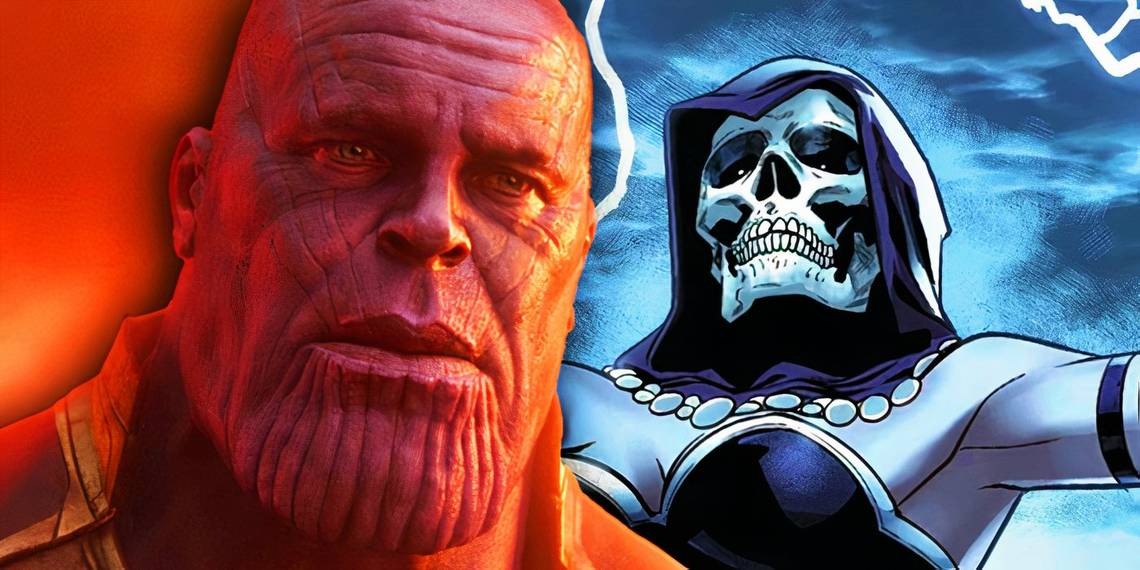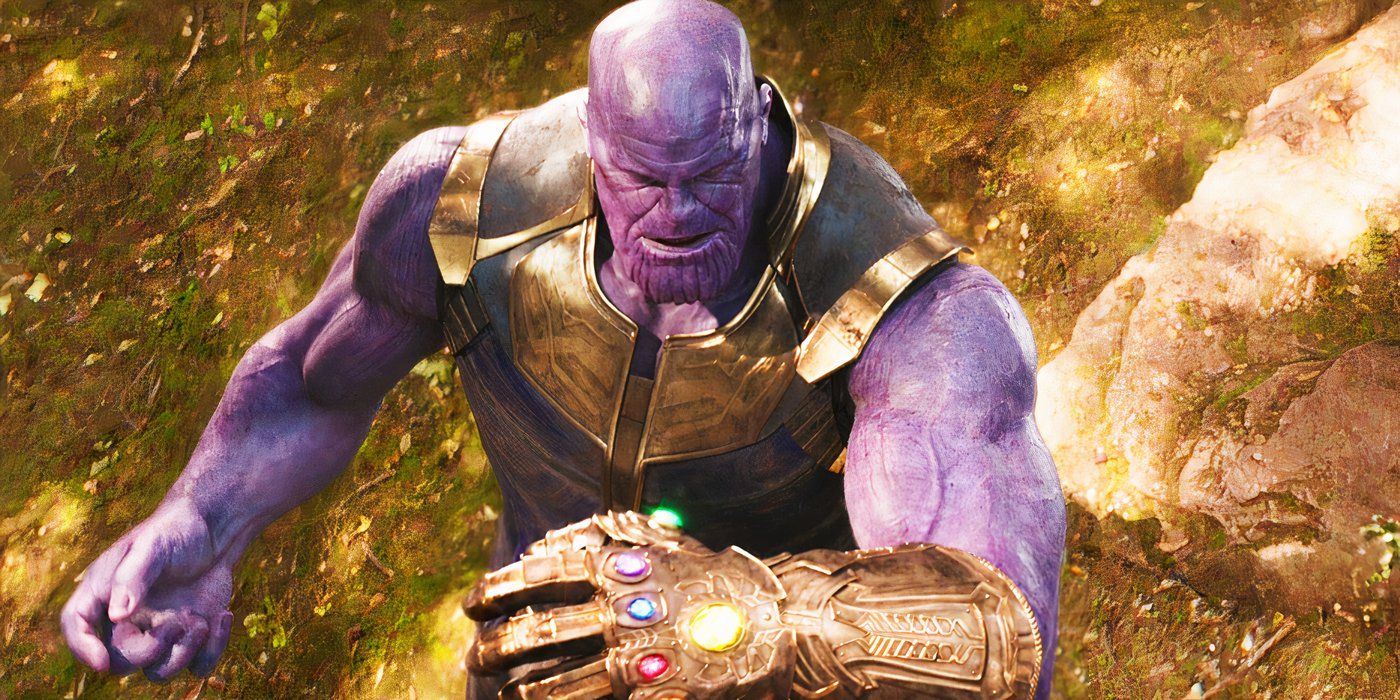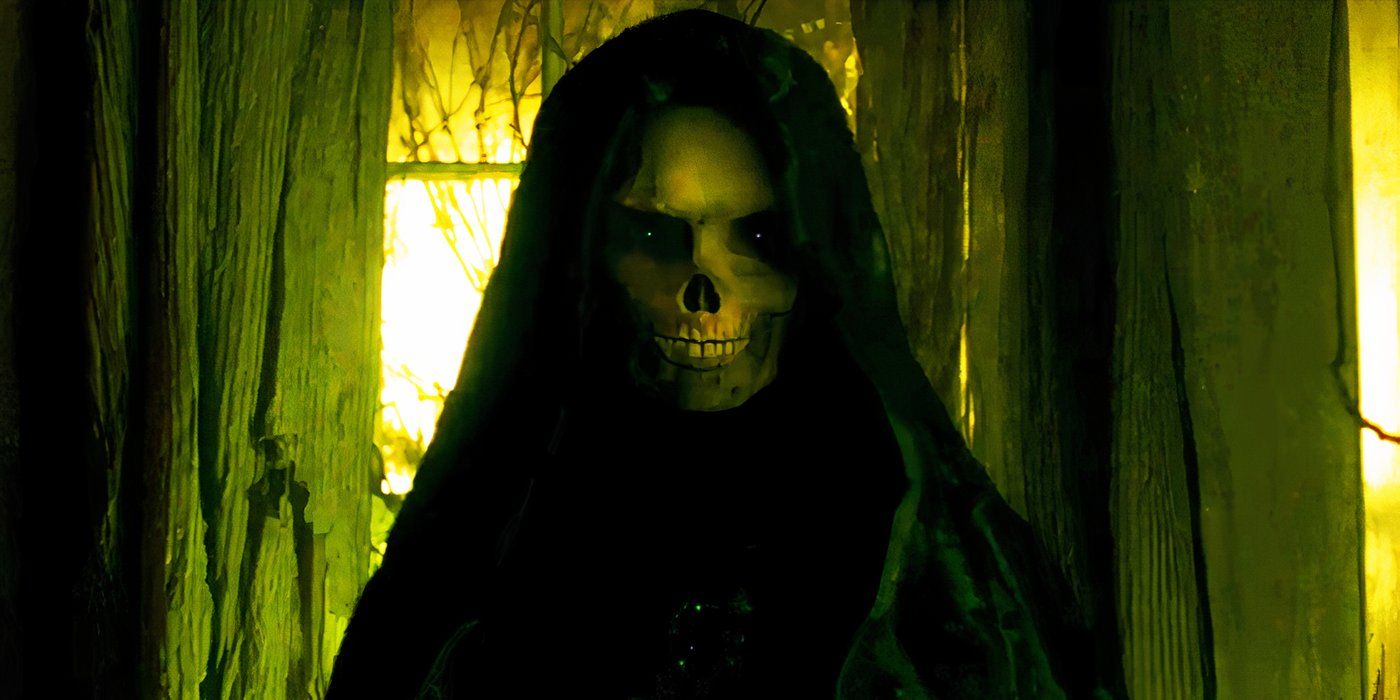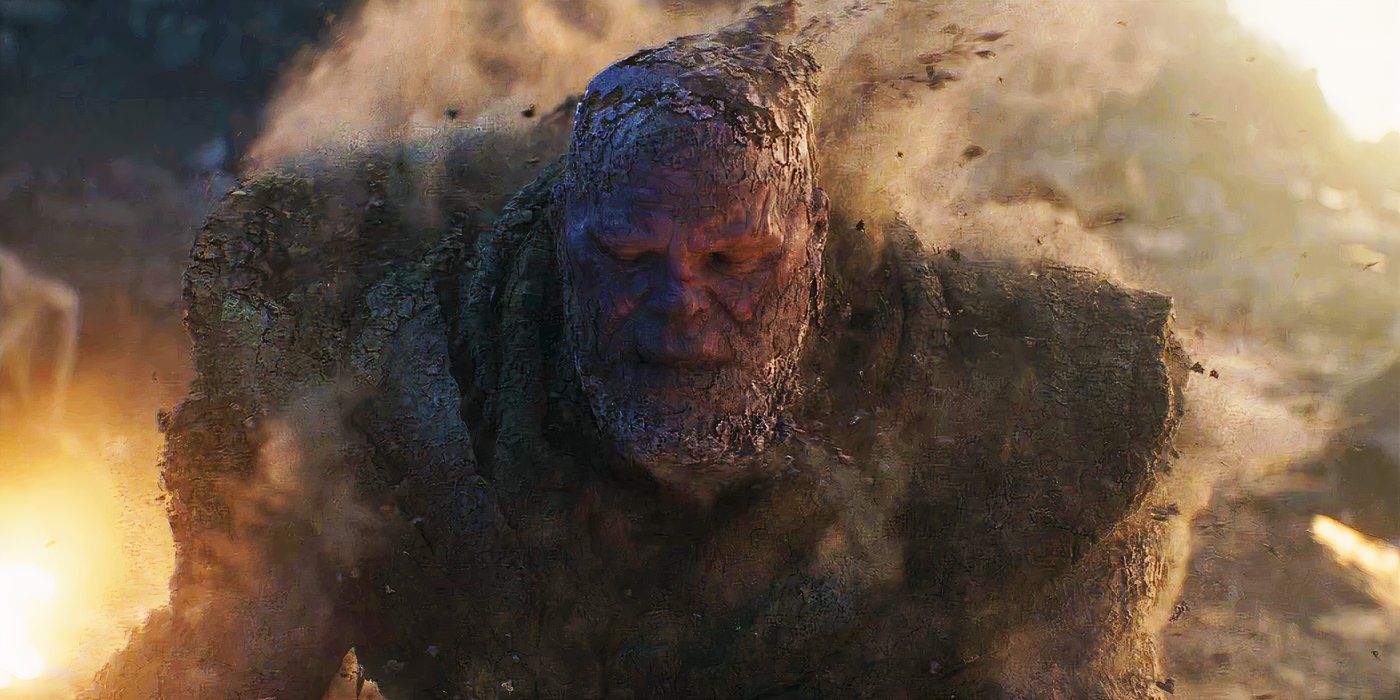Warning: This article contains spoilers for Agatha All Along.

Marvel Television’s Agatha All Along recently introduced a wild character to the MCU who happens to be central to the development of Thanos’ backstory in Marvel Comics, five years after the Mad Titan’s demise in Avengers: Endgame. I understand why Thanos’ origin story saw significant changes when the intergalactic villain was adapted for the MCU, with his motivation for seeking the six Infinity Stones standing out to me as the most obvious change. I can’t believe Marvel has now introduced the original reason for Thanos’ quest in Marvel Comics to the MCU.
We first saw Thanos in the post-credits scene of The Avengers, though Josh Brolin assumed the role from Guardians of the Galaxy onward. 2018’s Avengers: Infinity War explained his reasoning for seeking the Infinity Stones and wanting to eliminate half of all life in the universe, but left out one key detail that was pivotal to his Marvel Comics history. Now, five years after Thanos’ defeat at the hands of Tony Stark’s Iron Man in Avengers: Endgame, Marvel Studios has established this key detail, but I’ve noticed that this has been completely disconnected from Thanos.
Thanos’ Infinity War Story Was Changed For The MCU
Thanos Wanted To Bring Balance To The Universe In Avengers: Infinity War

The act of Thanos acquiring the six Infinity Stones, snapping his fingers, and committing the genocide of half the universe’s population in an instant was taken directly from the pages of Marvel Comics’ The Infinity Gauntlet event from 1991. I noticed some huge differences in this story, however, following Marvel Studios’ adaption to live-action. In the comics, the heroes of Earth and other worlds don’t become aware of Thanos’ mission until after he snaps his fingers, and the Snap is reversed very soon after it occurs, omitting the long-lasting effects that we’re still exploring in the MCU.
Another huge change to Thanos’ Infinity Stone quest I noticed was in his motivation. In the MCU, Thanos explained his suggestion of random genocide on Titan after realizing the population was growing too fast for finite resources to keep up. He extended this idea across the entire universe, leading to Infinity War’s ending, which sticks out to me as one of the MCU’s most memorable moments. In Marvel Comics, Thanos wanted to commit this act to impress Lady Death, the personification of death itself, who he had been enamored with ever since she influenced him during his childhood.
Agatha All Along’s Death Reveal Introduces A Key Part Of Thanos’ Comic Story After His MCU Death
Aubrey Plaza’s MCU Character Connects To Marvel Comics’ Thanos

Now, five years after Thanos died in Avengers: Endgame, I am thrilled that Lady Death has finally been introduced to the MCU. Aubrey Plaza made her debut as Green Witch Rio Vidal in Agatha All Along, WandaVision’s first spinoff series, and the fact that she has no Marvel Comics counterpart prompted major theories about who she could have been playing. I loved seeing theories regarding her being the MCU’s depiction of Lady Death, and I was shocked and excited when Agatha All Along episode 7, “Death’s Hand in Mine,” finally confirmed that Aubrey Plaza is indeed playing Lady Death.
Speaking to Inverse in October 2024, Agatha All Along creator Jac Schaeffer sadly confirmed Thanos would not be appearing in the series, and his connection to Lady Death in Marvel Comics would not be addressed. Thanos’ mission to collect the Infinity Stones and wipe out half the universe’s population in the MCU featured no mention of Lady Death whatsoever, and Agatha All Along hasn’t yet seen Death mention Thanos, so I suppose the pair simply aren’t linked. While some may find this disappointing, I reckon this changed storyline makes far more sense for the MCU.
Why The MCU Introduced Its Version Of Death So Long After Thanos’ Movie Ending
Lady Death Seems To Have No Connection To Thanos In The MCU

Lady Death is one of Marvel Comics’ weirdest and most complex characters, so I think it would have been too outlandish for Marvel Studios to introduce Death during the Infinity Saga. Wilder Multiverse Saga projects such as Loki, Doctor Strange in the Multiverse of Madness and Thor: Love and Thunder have established significant cosmic beings in the MCU, so it seemed a natural progression for Death to now make herself known. Thanos’ more-grounded mission in Infinity War made more sense to me, and had a bigger impact by relating to something easier for us to believe, such as overpopulation fears.
Thor: Love and Thunder featured a statue of Death alon





